Este post está escrito en dos idiomas y dividido para facilitar la lectura.
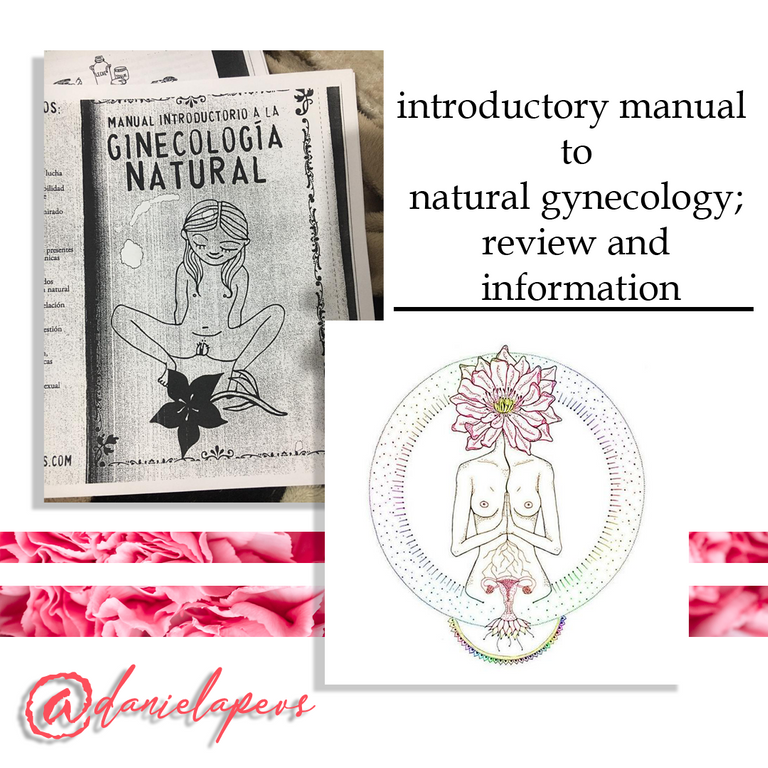

Hello girls, in my post of Women's health, menstruation and full moon some of the readings I had recommended were the book by Manual de Introducción a la Ginecología Natural de Pabla Pérez San Martin, so today I bring you a little more information and a review from a compilation of texts selected by Pabla Pérez herself, which would be a pre-manual of the manual.
This review is loaded with my personal experience and perception of reading. Unfortunately here in Peru I could not get the book in physical in any bookstore or first hand, so I had to manage to get a PDF file and print it
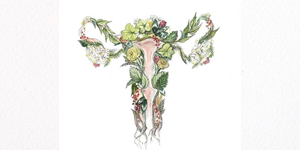
Let's start by clarifying that this manual is divided into 12 topics, ranging from food to sexually transmitted diseases. Although everything related to food seems to me to be a wonderful and broad topic, I feel that on this occasion the book is a little limited to basic information regarding obtaining vitamins and proteins, although I do not rule out that it is very good information, if you already have some knowledge regarding this topic it will seem to you to be unnecessary information.
I agree with the fact that maintaining a diet that is mostly plant-based significantly helps our menstrual cycle since processed meats (which are the ones we mostly eat) are usually loaded with chemicals and hormones which are extremely harmful to our health, has anyone openly informed us about this in schools?
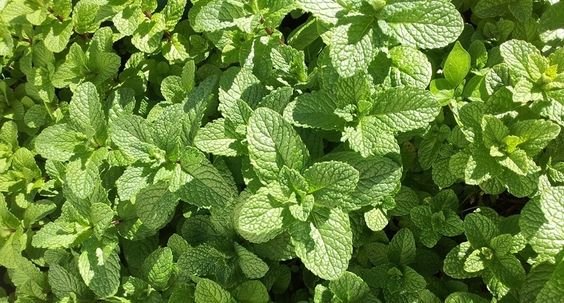
Plants: this is the topic that perhaps I have liked the most in the book, but it is because I don't have a very good connection with the use of plants as medicine, I am not usually a person who loves infusions, decoctions or dyes, I think it is essential to mention it because it contains very good summary information that can be useful for us to go deeper later.
For example, I knew about the benefits of taking different types of infusions, but when reading and researching about dyes I realized that natural medicine is incredibly broader than I had ever thought. The preparation of such dyes is a little long in relation to time, it can take 6 weeks to be ready for consumption, in my research I found that one of the most common dyes are those of Romero, they help muscle aches, joints, headaches, alopecia, bronchitis, sinusitis ...
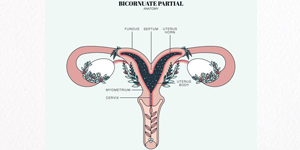
When it comes to your health, who do you usually leave all that work to? That is, there are many people who prefer to leave diagnoses, medicine and hope in their doctors and lose the total autonomy of their health or, they neglect it. One of the things that I liked about this book is the fact that it gives you ways to do a vaginal self-examination. It is also a time to get to know your body, to identify with it and not always leave it in the hands of a gynecologist, who, for the most part, are men and do not themselves have a uterus. I am not invalidating they profession, but those who can best understand our bodies are ourselves.
So here comes the Self-Exams, the best way to detect difficulties in time that can be aggravated is by getting to know each other very well. Therefore it is very important that you begin a reconciliation with your body through self-exams: the palpation of the breasts allows you to identify some type of irregularity that can end up becoming cancer, in addition, it is very important to know the changes that present the same before, during and after our period.
On the other hand, it also presents us with the self-examination with speculum, which I find interesting to emphasize, certainly when we go to gynecological consultations and go through this exam we do not usually ask what they see, we don't ask for instruction for one also know the health of our vagina internally, so I think it's wonderful the fact at home with the help of a good light, a mirror and a speculum recognize and familiarize yourself, a matter of looking for injuries, strange colors, inflammation or wounds.
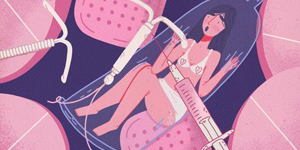
As natural contraceptive methods, I am very surprised to find all of these and that we are not informed about them when we consult a gynecologist when looking for a contraceptive method. Is it necessary to be bombarded with hormones when we still do not want to conceive? In our short list we have the basal temperature method, cervical mucus method, cervical palpation method and the sympto-thermal method.
What I have come to talk about as a summary in this section is the syntho-thermal, since I feel that it encompasses all the previous ones in oneself. Basically, with the help of a basal thermometer we can identify at what moment we are ovulating and at what moment we are sterile, the measurement of this is when we wake up so it is essential to have this thermometer on the bedside table, in a cycle the woman's temperature rises from 3 to 5 tenths shortly after ovulation, when the temperature has risen you can conclude that you are infertile until the next cycle.
The measurement of cervical mucus is a little simpler, it is found at the entrance of our vagina and depending on its appearance and consistency we can know if we are in the fertile period or not. When the mucus is clear, wet and slippery, a woman is fertile. When it is white, dry and sticky the woman is not fertile.
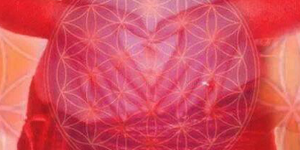
To conclude a bit, because I feel that the topic has been extended a lot, I feel that this manual should be directed to all those girls who are starting a cyclical life, who need real information regarding their body, not everything that we are taught at school (which is really nothing) but something that is truly loaded with all the teachings that our body offers.
With total honesty, I suppose it is because it is a book of selected texts, I feel that some deeper and less superfluous information regarding food could be included, as I had already mentioned, the book deals in this chapter with the basic principles of food, of obtaining the vitamins and proteins in different foods.
It is a fast, easy to digest and direct book. It doesn't try to cover up anything for taboo subjects, on the contrary, it's an excellent start to start getting rid of them. I find it fascinating to treat a woman's body always from the most natural side, avoiding in an excessive way all the chemicals that unfortunately surround us today (in food, compresses, soaps, medicines).
Do I recommend it? Absolutely, even if you already handle this information, it is always important to have a little reinforcement with us. I would love this to be the book that we introduce to all the girls to introduce them to the world of self-knowledge, acceptance and self-love.


Hola chicas, en mi post de Salud femenina, menstruación y luna llena alguna de las lecturas que les había recomendado era el libro de Manual de Introducción a la Ginecología Natural de Pabla Pérez San Martin, por tanto, el día de hoy os traigo un poco más de información y una reseña proveniente de una recopilación de textos seleccionados por la misma Pabla Pérez, el cuál vendría siendo un pre-manual del manual.
Ésta reseña se encuentra cargada de mi experiencia personal y mi percepción de la lectura. Lamentablemente aquí en Perú no pude conseguir el libro en físico en ninguna librería ni de primera, ni de segunda mano, por lo tanto tuve que apañarmelas para conseguir un archivo PDF e imprimirlo.

Comencemos aclarando que éste manual está dividido en 12 temas, los cuales van desde la alimentación hasta las enfermedades de transmisión sexual. Pese a que todo lo relacionado con la alimentación me parece un tema maravilloso y amplio, siento que en ésta ocasión el libro se ve un poco limitado a información básica con respecto a obtención de vitaminas y proteínas, aunque no descarto que sea una información muy buena, si ya mantienes conocimientos con respecto a dicho tema te parecerá una información innecesaria.
Concuerdo con el hecho de que mantener una alimentación que está mayormente basada en plantas ayuda significativamente a nuestro ciclo menstrual ya que por lo general las carnes procesadas (que son las que en su mayoría solemos comer) están atestadas de químicos y hormonas los cuáles son extremadamente perjudiciales para nuestra salud, ¿alguien nos ha informado abiertamente sobre esto en las escuelas?

Las plantas: éste es el tema que quizás si me ha gustado más del libro, pero se debe a que no tengo muy buena conexión con el uso de las plantas como medicina, no suelo ser una persona muy amante de infusiones, decocciones o tintes, me parece primordial mencionarlo ya que contiene información resumida muy buena que nos puedes servir para profundizar más adelante.
Por ejemplo, yo conocía sobre los beneficios de tomar distintos tipos de infusiones, pero a la hora de leer e investigar con respecto a los tintes me he dado cuenta que la medicina natural es increíblemente más amplia de lo que jamás había pensado. La preparación de dichos tintes es un poco larga con respecto a tiempo, puede tomar 6 semanas para que esté listo para su consumo, en mi investigación pude encontrar que uno de los tintes más comunes son los de Romero, ayudan a los dolores musculares, articulares, de cabeza, alopecia, bronquitis, sinusitis...

Cuando se trata de tu salud ¿a quién sueles dejarle todo ese trabajo? es decir, hay muchas personas quiénes prefieren dejar diagnósticos, medicina y esperanza en sus médicos y pierden la total autonomía de su salud o, se desentienden de ella. Una de las cosas que me gustó de éste libro es el hecho de brindarte maneras para la auto exploración vaginal, es momento de también conocer tu cuerpo, identificarte con él y no siempre dejarlo en manos de un ginecólogo, quiénes, en su mayoría son hombres y en sí, no tienen un útero, ojo, no estoy des-validando su profesión, pero quiénes pueden entender mejor nuestro cuerpo somos nosotras mismas.
Así que aquí entra a colación los Auto-Exámenes, la mejor manera de detectar a tiempo dificultades que pueden agravarse es conociéndonos muy bien. Por tanto es muy importante que comiences una reconciliación con tu cuerpo a través de los auto-exámenes: la palpación de las mamas te permite identificar algún tipo de irregularidad que pueda terminar convertida en cáncer, además, es muy importante conocer los cambios que presentan las mismas antes, durante y después de nuestro período.
Por otro lado, también nos presenta el auto-examen con especulo, el cual me parece interesante recalcar, ciertamente cuando vamos a consultas ginecólogas y pasamos por éste examen no solemos preguntar qué ven, pedir instrucción para una también saber la salud de nuestra vagina internamente, por tanto me parece maravilloso el hecho de en casa con la ayuda de una buena luz, un espejo y un especulo reconocer y familiarizarte contigo misma, cuestión de buscar lesiones, coloraciones extrañas, inflamaciones o heridas.

Como métodos de anti-concepción naturales me sorprende muchísimo el encontrar a todos estos y que a su vez, no se nos informe sobre ellos cuando consultamos con algún ginecólogo a la hora de buscar un método anticonceptivo ¿es necesario bombardearnos de hormonas cuando aún no queremos concebir? En nuestra pequeña lista tenemos el método de temperatura basal, método del moco cervical, método de palpación cervical y el método sinto-térmico.
Del cual vengo a hablar a manera de resumen en ésta sección es del sinto-térmico, ya que siento que engloba a todos los anteriores en uno mismo. Básicamente, con ayuda de un termómetro basal podemos identificar en qué momento estamos ovulando y en qué momento somos estériles, la medición de esto es al despertar así que es primordial tener este termómetro en la mesita de noche, en un ciclo la temperatura de la mujer se eleva de 3 a 5 décimas poco después de la ovulación, cuándo la temperatura se ha elevado se puede concluir que se es infertil hasta el siguiente ciclo.
La medición del moco cervical es un poco más sencilla, se encuentra en la entrada de nuestra vagina y dependiendo de su aspecto y consistencia podremos saber si estamos en período fértil o no. Cuando el moco es transparente, húmedo y resbaloso la mujer es fértil. Cuando es blanco, seco y pegajoso la mujer no es fértil.

Para concluir un poco, porque siento que el tema se ha extendido bastante, siento que éste manual debería de estar dirigido a todas aquellas niñas que comienzan una vida cíclica, que necesitan información real con respecto a su cuerpo, no todo aquello que se nos enseña en el colegio (que realmente no es nada) sino algo que esté verdaderamente cargado de todas las enseñanzas que ofrece nuestro cuerpo.
Con total honestidad, supongo que es por ser un libro de textos seleccionados, siento que podía incluirse un poco de información más profunda y menos superflua con respecto a la alimentación, como ya les había mencionado, el libro trata en éste capítulo los principios básicos de la alimentación, de la obtención de las vitaminas y proteínas en distintos alimentos.
Es un libro rápido, fácil de digerir y directo. No trata de taparte absolutamente nada por tema de tabúes, todo lo contrario, es un excelente inicio para comenzar a desprenderse de ellos. Me parece fascinante tratar al cuerpo de la mujer siempre desde el lado más natural, evitar de manera excesiva todos los químicos que lamentablemente hoy en día nos rodean (en la comida, compresas, jabones, medicamentos).
¿Lo recomiendo? Absolutamente, aunque ya manejes ésta información, siempre es importante tener un pequeño refuerzo con nosotras. Me encantaría que éste sea el libro que le presentásemos a todas las niñas para introducirlas al mundo del auto-conocimiento, aceptación y amor propio.
o n e
t w o

NO!! We aren't taught enough. Wouldn't it be great if there was a woman's health curriculum that focussed on natural nourishment and connection to the #sacredfeminine!!!!
Absolutely, it should be an indispensable subject, just as some schools impose math as a subject, this should also have the same weight of importance!!
Thank u so much for reading me, I send u many hugs!♥
Wow, este post está súper interesante. Creo que justo acabo de encontrar el libro en Internet...lo descargaré y, como estamos en una infinita cuarentena donde hay tanto tiempo para realizar múltiples actividades, lo comenzaré a leer. Hay temas tan importantes relacionados a nuestro cuerpo que deberían de ser enseñados en las escuelas...pero lamentablemente esto no sucede, y muchas niñas llegan a la edad adulta desconociendo muchas cosas.
Muy buen post, @danielapevs. Te felicito.
Ciertamente cuando cursé bachillerato creo que ni siquiera se habló de la menstruación de la mujer en ninguna de mis clases, ni familiar y ciudadana, ni biología. Una de las cosas por las cuáles se debería de luchar es por la implementación de estos temas en el programa de estudios, todo lo que sé hoy se ha debido a buscar por mis propios medios. ¡Bendito sea el internet por permitirnos investigar éstas cosas de forma autodidacta! hahaha😞
¡Muchas gracias por leerme! Te mando un gran abrazo. ♥
Como todos tus post, este también es excelente. Gracias por facilitarnos información tan valiosa e importante. Voy a buscar el libro en internet, pues considero debe ser una lectura para toda mujer. Saludos y bendiciones.